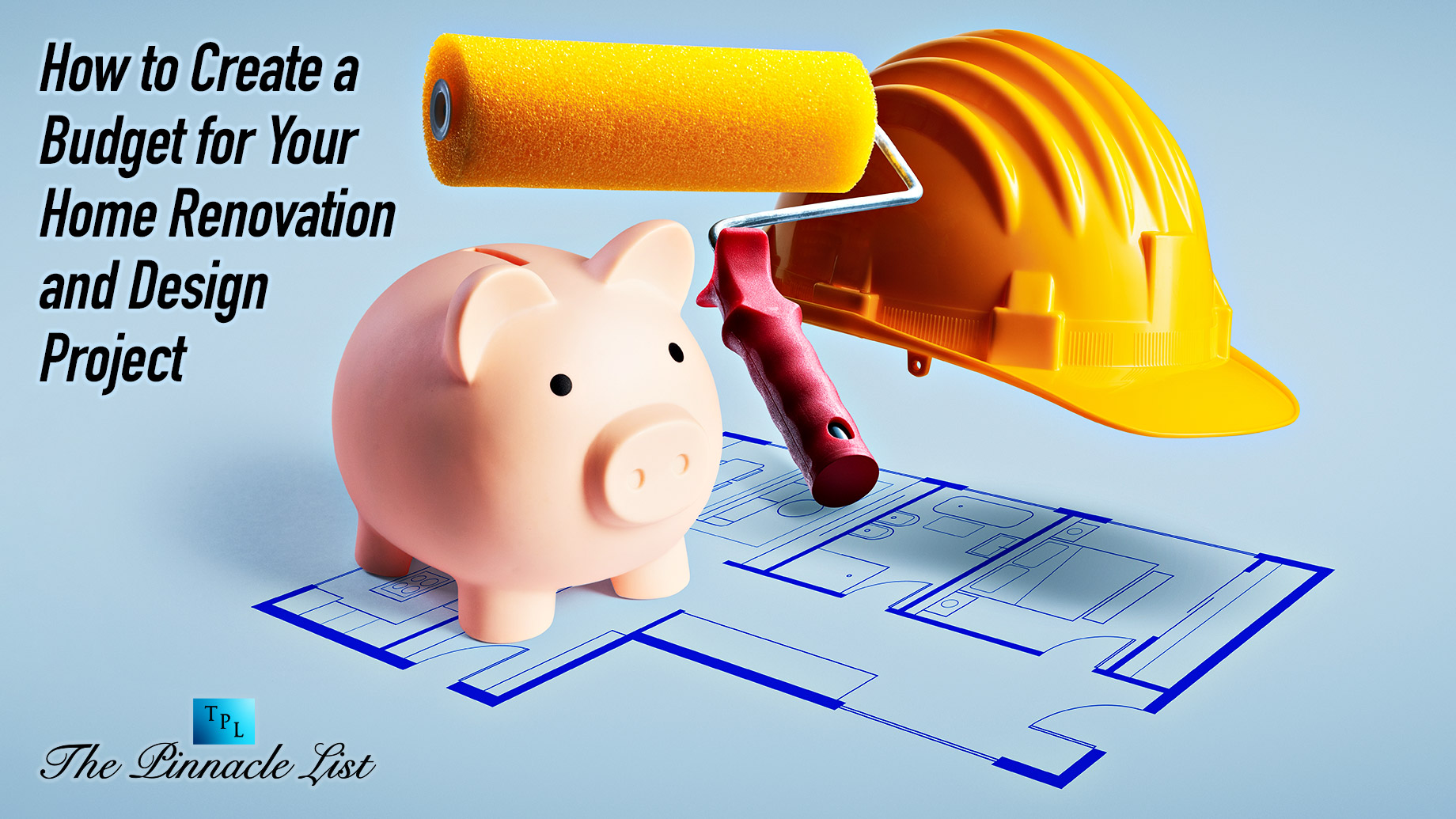
If you’re dreaming of a home makeover but are worried about costs, you’re not alone. Many homeowners desire a fresh, new look for their space. But, they hesitate due to financial constraints.
The good news is that creating a budget for your home renovation and design project doesn’t have to be daunting. With the right strategies and planning, you can transform your home without breaking the bank.
This blog post will guide you through the process while keeping your finances in check. Let’s begin!
Assess Your Needs and Set Priorities
Your needs and wants should be the driving force behind your home makeover. Before you start any project, take a good look at your space and assess what needs to be changed or updated. This will help you prioritize which areas require the most attention and where you can cut back on costs.
Consider factors like functionality, safety, and comfort when determining your needs. For example, if your kitchen cabinets are falling apart and posing a safety hazard, that would be a top priority for renovation. On the other hand, upgrading to luxurious marble countertops may not be necessary and could be saved for later.
Research Costs and Get Estimates
Once you have a clear idea of your renovation needs, research costs for materials and labor. This will give you a rough estimate of how much you can expect to spend on your project.
It’s also a good idea to get multiple estimates from different contractors or suppliers. This will allow you to compare prices and choose the most cost-effective option without sacrificing quality.
If you are up for interior design trends, consider the long-term costs and maintenance associated with them. It may be cheaper to go for a simple, timeless design that will last longer rather than constantly needing updates.
Include a Contingency Fund
Contingency funds are essential when it comes to home renovation projects. Unforeseen expenses can arise, such as hidden water damage or structural issues, which may not be accounted for in your initial budget. It’s also a good idea to review your home insurance to ensure you’re fully covered in case of unexpected events that could impact your renovation costs. It’s recommended to have a contingency fund of at least 10-20% of your overall budget to cover any unexpected costs.
Break Down the Budget by Categories
Categorizing your expenses can help you keep track of your spending and ensure that you’re not overspending in any one area. Some common categories for home renovation budgets include materials, labor, permits and fees, and design and decor.
Moreover, breaking down the budget by categories can also help you make adjustments if needed. For example, if your labor costs are higher than expected, you may need to cut back on materials or design elements to stay within your overall budget.
Monitor Spending and Adjust as Needed
Throughout the home remodeling process, it’s important to keep track of your spending and make adjustments as needed. If you find yourself going over budget in a particular category, look for ways to cut back in other areas or consider delaying some projects until later.
Monitoring your spending will also help you stay on track and avoid any financial surprises at the end of your renovation project.
Create a Budget for Your Home Renovation and Design Project
Creating a budget for your home renovation and design project is crucial to achieving your desired changes without overspending. By following these tips, you can complete your home makeover within your financial means.
With careful planning and strategic decision-making, you can transform your space into the home of your dreams without breaking the bank.